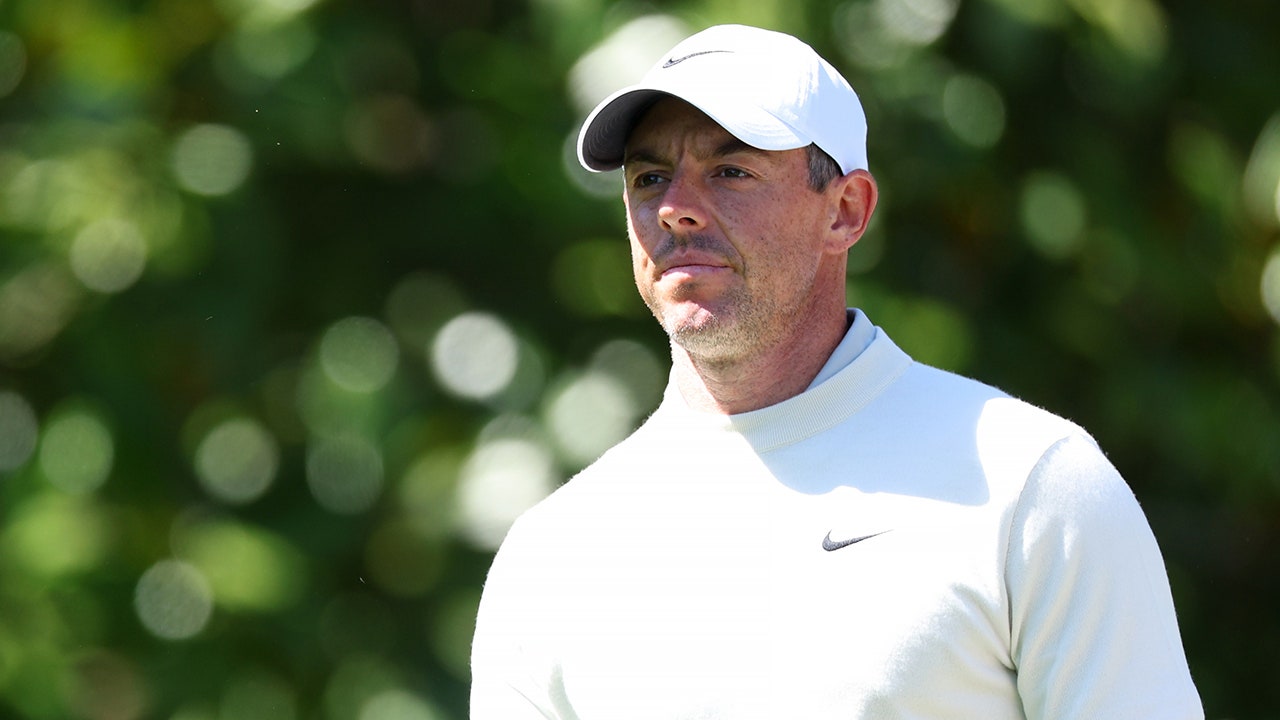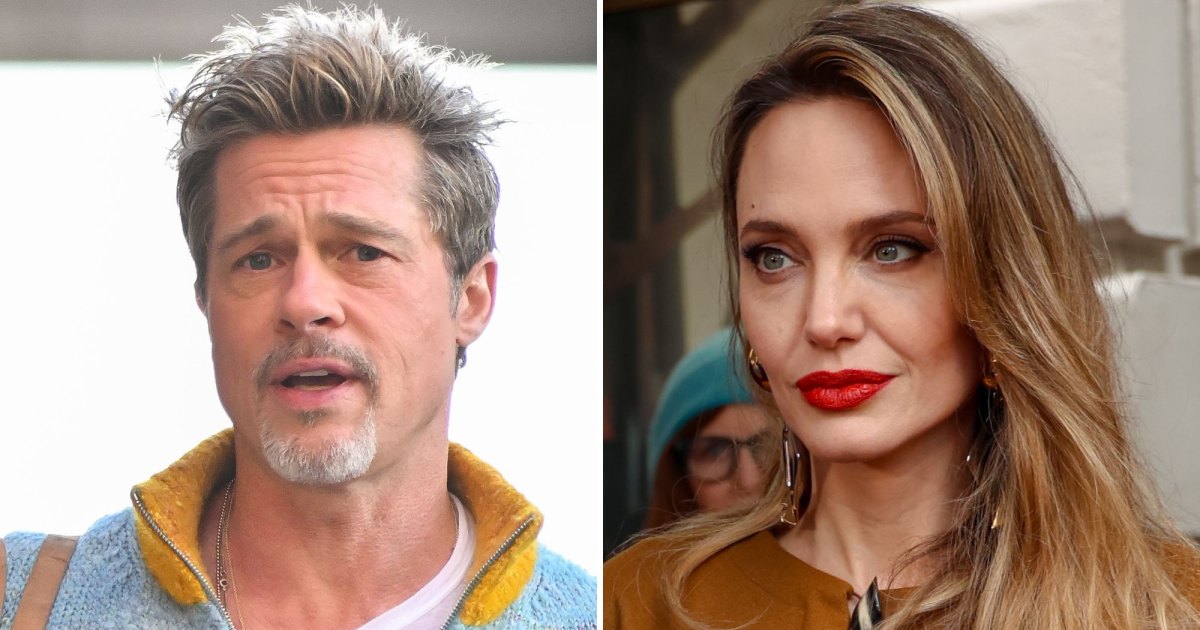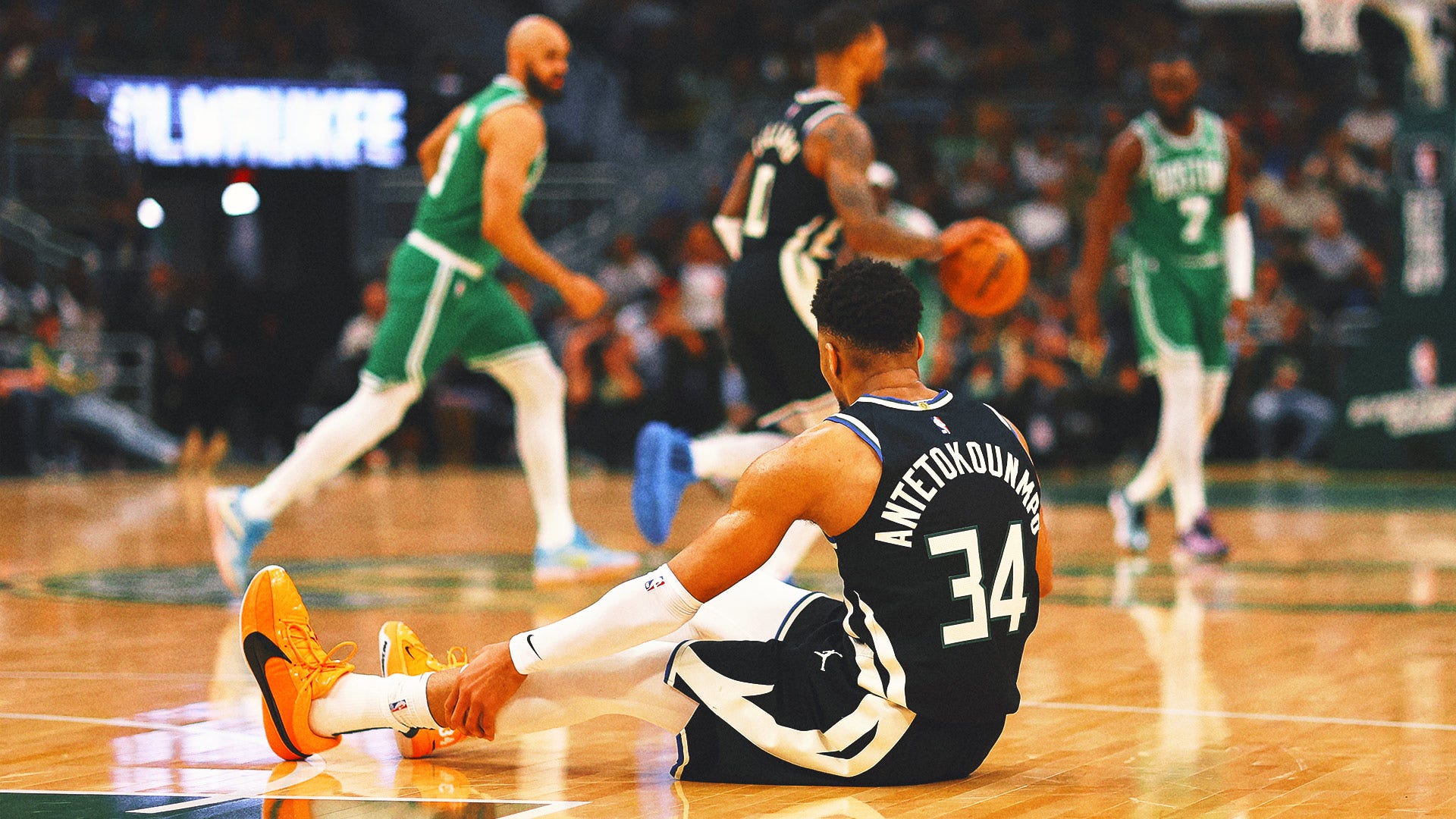TOKYO — One Paralympic swimmer ended up training in the chilly Arkansas River for a while after the coronavirus pandemic cut off her access to a pool.
Another borrowed a swim bench, set it up in her garage in Minnesota and simulated her strokes against the resistance of a pulley system. It was the closest she could come to propelling herself through water.
And in Cardiff, Wales, a shot-put champion improvised by stringing a cargo net between apple and pear trees so he could safely practice in the yard of his new home.
Months later, those three athletes — Sophia Herzog, Mallory Weggemann and Aled Sion Davies — have joined about 4,400 other competitors in Tokyo for the 16th Summer Paralympic Games, which open on Tuesday. Like the thousands of Olympians who competed here weeks ago, the Paralympians will take to fields, courts and courses a year late, without spectators and under a threat of contagion that, at least by the measure of television ratings, has dimmed so many other major sporting events over the past year and a half.
The Paralympics, though, might be the rare athletic spectacle that reaches considerably higher levels of engagement during the pandemic, accelerating its momentum in a way that old-guard sports cannot. A restlessness generated by multiple lockdowns, coupled with the cultural democratization shaped by social media, has amplified a shift in values and tastes, particularly among young people, that emphasizes the overlooked and undervalued.
Darlene Hunter, a wheelchair basketball player for the United States who teaches classes on disability issues at the University of Texas at Arlington, said recently that over the five years since the last Summer Paralympics, in Rio de Janeiro, she had seen a soaring interest in the Games and a better understanding of them. In the past, she routinely had to explain what the Paralympics, and her team’s 2016 gold medal, meant.
“People know what it is now,” Hunter said as she prepared to leave for her third Games. “People are talking about it. People are hearing it like no other time.”
Significant changes over the past five years include parity in prize money for U.S. Paralympic medalists, who used to receive one-fifth of what their Olympic counterparts got ($37,500 for a gold medal, $22,500 for silver and $15,000 for bronze), and an expansion of coverage by television and streaming services. That availability has been abetted to some degree by the International Paralympic Committee’s decision to waive its rights fees in dozens of countries in sub-Saharan Africa and to help produce coverage for broadcasters there.
NBCUniversal, the longtime Olympic and Paralympic network in the United States, has committed to 1,200 hours of coverage on its television channels and streaming platforms, after it presented only 70 hours from Brazil in 2016 and five and a half from the London Games in 2012. Included will be the first prime-time coverage of the Paralympics on the main NBC channel, four hours spread over three highlight shows.
And in another nod to the elevation of adaptive sports for people with impairments, the U.S. Olympic Committee has become the U.S. Olympic & Paralympic Committee.
“We’ve arrived,” Jessica Long, a swimmer who has won 13 gold medals and will be competing in her fifth Paralympics, told The New York Times when the name change was announced in 2019.
Yet resources for the Paralympians, from news media coverage to sponsorship deals, hardly approach what is available to Olympians. The cavernous main press center in Tokyo is a desert these days, and searches online for Paralympic news tend to yield mostly news releases from organizers of the Games. And while prize money has been equalized for American athletes, some perks have not.
With spectators barred from Tokyo, the U.S.O.P.C. arranged stateside viewing parties for two relatives or friends per athlete. There were four Olympic gatherings, each stretching over five days, but only one scheduled for the Paralympic Games. After some Paralympians and their family members noted the discrepancy, they said a second viewing party was added.
The standard for the Tokyo Paralympics to surpass would be the London Paralympics in 2012. Athletes rave to this day about the packed, knowledgeable crowds, as well as the spirit of that gathering, fueled in part by Britain’s history as the birthplace of adaptive sports and by often cheeky coverage from Channel 4, which outbid the BBC for the rights to the competition.
On the final day of the London Olympics, the presumptive main attraction that summer, Channel 4 put up billboards around the city to promote the Paralympics. “Thanks for the warm-up,” they said.
At the time, people with disabilities constituted about 50 percent of the channel’s coverage team. For the Tokyo Games, the proportion for Channel 4 is estimated at a little more than 70 percent.
“They’ve revolutionized British television,” said Craig Spence, the communications chief for the International Paralympic Committee. “Before that coverage of London 2012, we didn’t really see persons with disabilities on TV programs or hosting current affairs shows. Now you do. Every other broadcaster in Great Britain has realized they were on to something.”
That type of acceptance has not always been a part of the history of the Paralympics, not least when the Soviet Union refused to host a parallel Games to its 1980 Moscow Summer Olympics, reportedly after a top Russian official claimed that there were no invalids in the country. The Paralympics moved to the Netherlands that year. Now, there is an award-winning film about them.
“Rising Phoenix,” a Netflix documentary that focused on nine 2016 Paralympians, was produced by Greg Nugent, the marketing director for the London Paralympics, and Tatyana McFadden, a six-time U.S. Paralympian who is also one of the film’s stars.
Nugent said he made the film in part in hopes of making the Paralympics seem indispensable, rather than as an event that could succeed in one city, only to falter four years later in the next.
“I wanted to make it morally impossible for any future organizing committee to basically make a judgment that the Paras would be less than the Olympics,” he said.
His concern had been validated as the 2016 Games approached. As political and economic turmoil gripped Brazil, organizers in Rio considered staging only the Olympics. A bailout from the government allowed the Paralympics to go on, but three weeks ahead of the Games, only 12 percent of the tickets had been sold.
McFadden and Nugent began a campaign, called Fill the Seats, to buy Paralympic tickets for Brazilian schoolchildren, with promotional and financial assists from Prince Harry and the band Coldplay. Ultimately, Rio crowds did turn out, Brazilians won 14 gold medals and the film collected two Sports Emmys.
The Tokyo Paralympics will begin under a very different cloud, and also under a new umbrella.
On Thursday night, just days ahead of the opening ceremony, more than 125 landmarks around the world — including the Rainbow Bridge in Tokyo and the Empire State Building in New York — were bathed in purple, the color that has long represented the disability community. The display signaled the start of a 10-year anti-discrimination campaign to be led by multiple organizations, including the International Paralympic Committee.
Called WeThe15, a reference to the estimated 15 percent of the global population that has some form of impairment, the campaign formed a coalition of groups that have often had very different agendas.
“We have seen other movements like L.B.G.T.Q., Black Lives Matter, the #MeToo movement,” Andrew Parsons, the president of the I.P.C., told The Associated Press last week, “and we need a similar movement for persons with a disability.”




